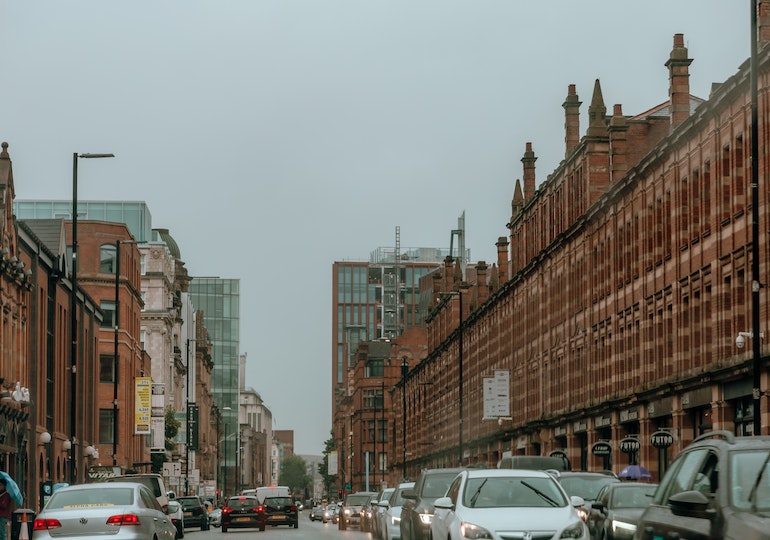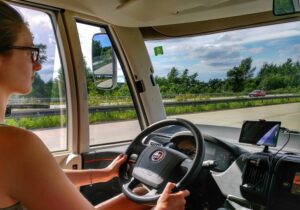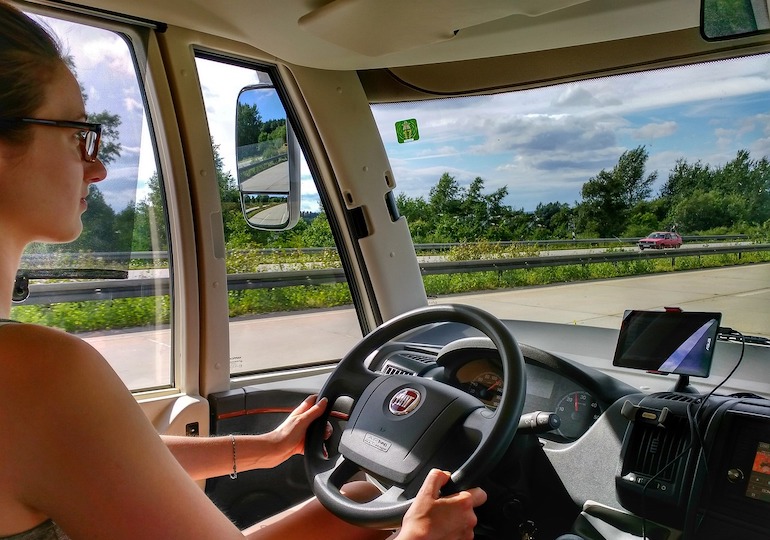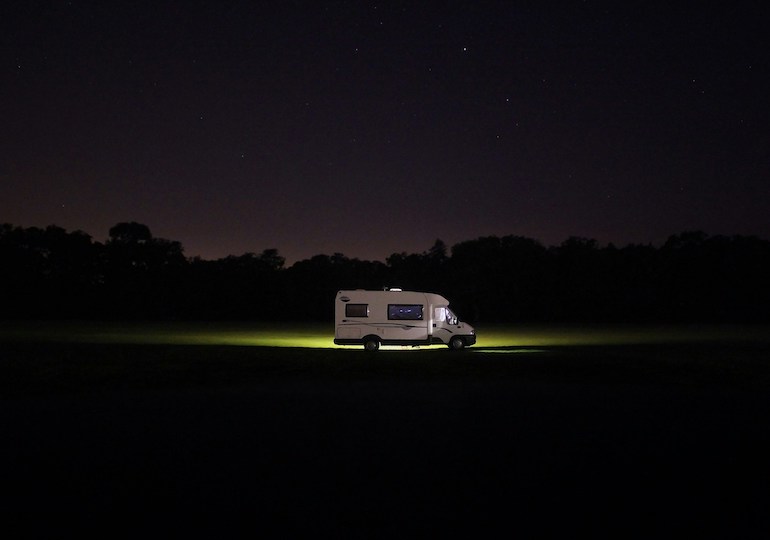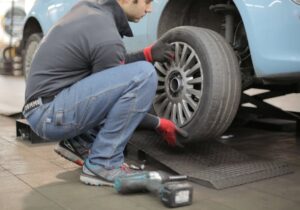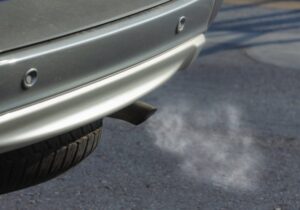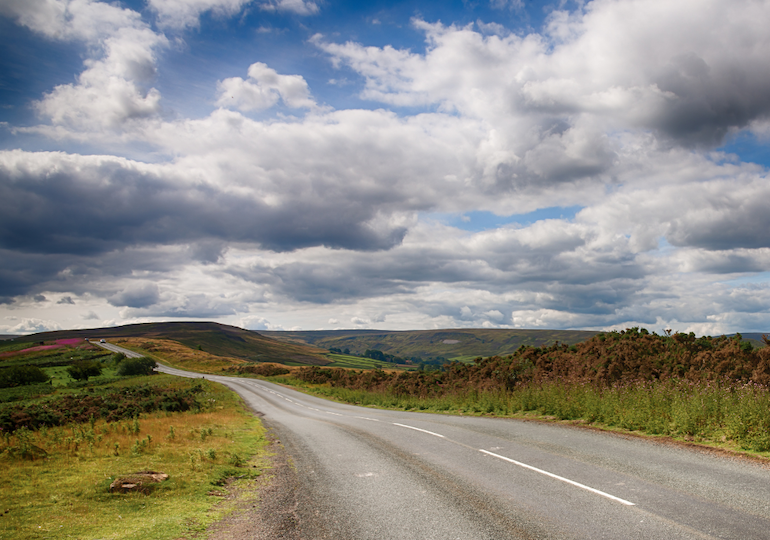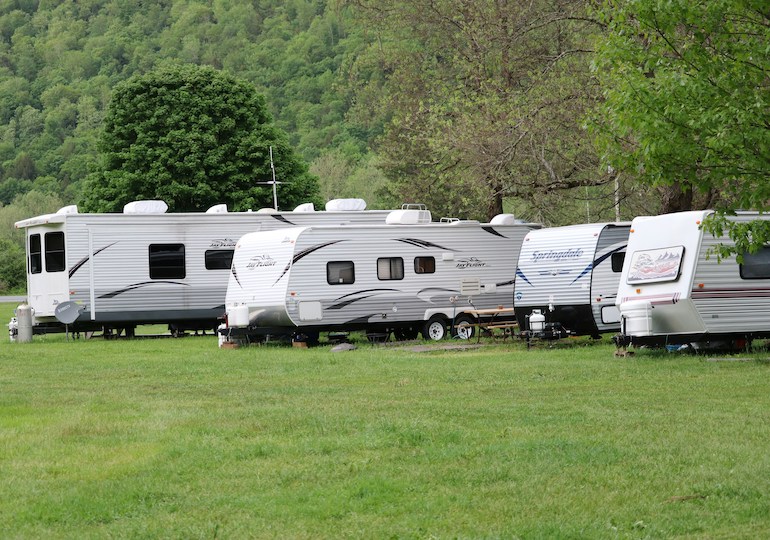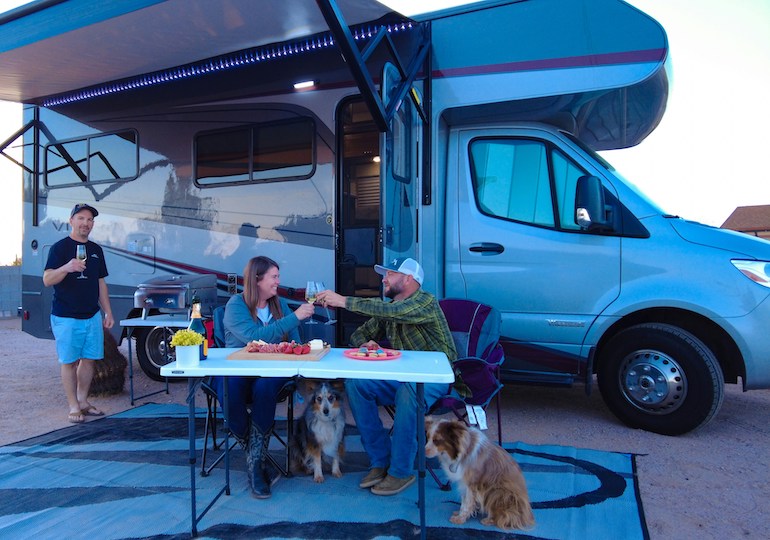Parents and children are urged to make safety their number one priority on journeys to and from school, according to road safety organisation GEM Motoring Assist.
With the new school year upon us, it’s paramount that everyone – from toddlers to the elderly – is aware of the risks associated with our roads.
Parents may be breathing a sigh of relief as the kids head back to classrooms, but the school run can be one of the most hazardous journeys we take in our day-to-day lives. From children arguing in the back to lots of foot traffic on the roads and competing for parking spaces – it can all become a highly stressful experience.
Fifty-four children in the UK lost their lives on our roads in 2022, with more than 13,000 kids suffering severe injuries from motor incidents in the same period. The numbers show just how important it is that we ensure our children know and practice road safety, whether they’re on foot, on bikes, on public transport or in their parents’ vehicles.
Neil Worth, GEM chief executive, added: “As another school year begins, we encourage all parents, guardians, teachers, carers and older siblings to play their part in helping children to recognise the risks they face and to understand effective ways of reducing or even eliminating those risks.”
With help from GEM, we have put together some top tips for children – and their parents – as we enter the 2023/24 academic year.
Walk if you can
If practical and you live close enough to your children’s school, walking is a brilliant way for kids to get to know one another. It makes sure they get their steps up and most importantly – it’s a fun activity.
Try to learn of any local safe walking initiatives that are operating at your children’s school and think about teaming up with neighbours and walking together.
Don’t (school) rush
It’s called the school rush for a reason, but that doesn’t mean you need to treat it as such. If you’re driving your children, give yourself plenty of time to drive safely and park legally.
Never stop along the zig-zag lines in front of the school and respect neighbours by not blocking driveways. Finally, when parking, don’t let your children exit the vehicle into the road.
Moreover, if you are late to drop your children off, or pick them up, you might end up feeling stressed and anxious. Kids often react to your mood, which could lead to arguments and potential distractions.
Buckle up
Before you set off, ensure younger kids are sitting properly in their car seats and that all belts are fastened.
Government guidance dictates that children must normally use a child car seat until they’re 12 years old, or 135 centimetres tall – whichever comes first. If your little one exceeds this, they’ll need to be wearing a normal seat belt.
Slow and steady
A slower car is a safer car. If you’ve given yourself plenty of time, like above, to complete your journey, you’ll likely have a much more pleasant and comfortable trip.
Lots of schools in the UK and their surrounding areas are subject to 20 mph speed limits. If you get caught exceeding this, you’ll face a £100 fine as well as three points on your licence.
Photo credit: Wender Junior Souza Vieira / Pexels

